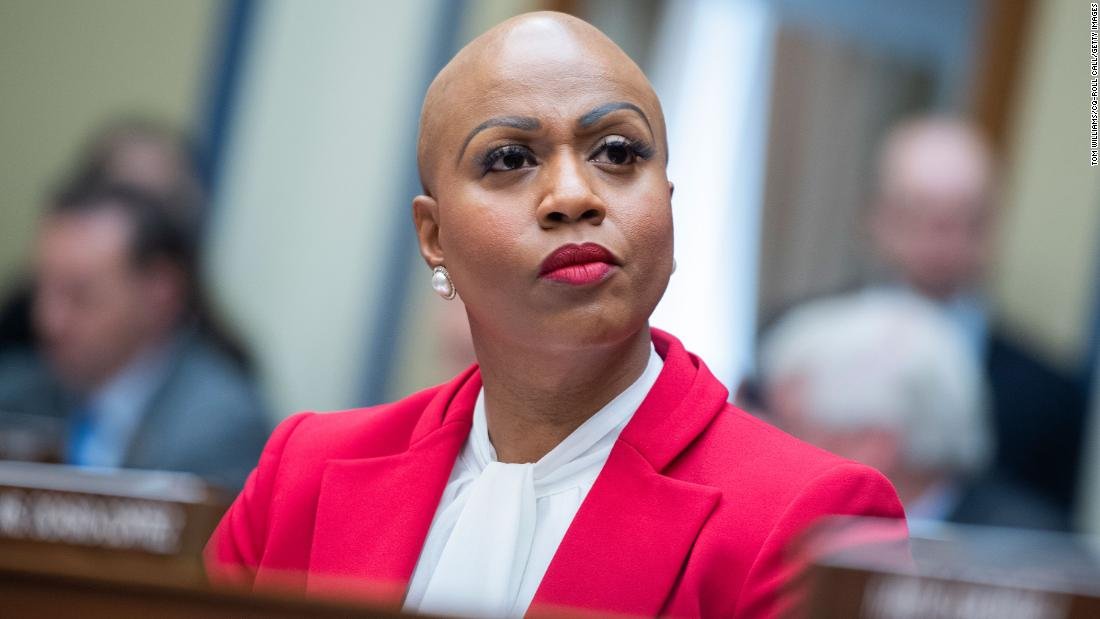Misogynoir in the Media
Article by Farrah Renfroe, TPT Staff Writer
In recent months, we’ve been hearing buzz in the news about the trial of Tory Lanez, which centered around his alleged violent attack on Megan Thee Stallion, and the Harry & Meghan documentary series on Netflix, which highlighted the elite couple’s love story and exit from British royal life. Each event was heavily covered on social media. From blogs to news sites, everyone seemed to be giving their opinion on whether they thought Tory Lanez should be found guilty, or if they believed it was right for Harry and Meghan to have come out and told their stories.
One phenomenon that came out of these topics was the hashtag #WeStandWithMegan, and the “tale of the two Megans” trope that highlighted how both Megan Thee Stallion and Meghan Markle received tremendous amounts of hate in the news and from paparazzi. Their confluent experiences beg the question: "How has the media historically attacked black women?”
From slavery through the Jim Crow era, the mammy caricature emerged as the precedent for cruel, hyper-simplified personas cast against Black women. This racist caricature skewed the narrative to make people believe that black women were happy and enjoyed being enslaved while that was not the case.
In the 1900s, as televisions and grocery stores were becoming more popular, this caricature wasn’t disappearing. In the 1915 film The Birth of a Nation, the same skewed narrative was displayed when “the mammy defends her white master's home against black and white Union soldiers.” This caricature was even being slapped on the packaging of household products. For example, we all know the pancake mix Aunt Jemima, but some didn’t know that it was based on the mammy caricature. It took 131 years for the name to be changed as a result of the brutal murder of George Floyd. Even with the recent changes to erase the mammy caricature from mainstream media, the treatment black women face hasn’t died down.
In professional, political, and social spaces, Black women have had to overcome many racist and sexist stereotypes – so when we show up as our full selves, it is game changing. Ayanna Pressley became the first woman of color elected to Congress from the Commonwealth of Massachusetts. In her historic speech on Election Night in 2018, she asked the crowd, “Can a Congresswoman wear her hair in braids?” The concept of wearing protective hairstyles is controversial and often perceived as “unprofessional,” so when popular Black women wear their hair this way, it challenges how some people think.
In a conversation moderated by Angie Martinez, Former First Lady Michelle Obama remarked that she strategically didn’t wear protective hairstyles during her husband’s presidency because she “knew her hair would dominate the news cycle and overshadow any good she tried to do.” Back in January 2020, Congresswoman Pressley revealed that she has been diagnosed with Alopecia Universalis, an autoimmune condition characterized by the complete loss of hair, including on the scalp, face, and body. In an Elle article, she revealed that after losing all of her hair, that “It was jarring. It was disruptive. It felt like a betrayal.”
The beauty standard in America has historically praised people for being white, blue-eyed, thin, and young. In 2020, $2.3 Billion was spent in the US on skin bleaching creams to lighten skin, an industry worth billions of dollars. While leading the fight to combat colorism in beauty, Congresswoman Ilhan Omar told the New York Times “From magazines to television shows and movies, fair features have been portrayed as the ideal standard. What kind of message does that send to young girls?”
The disrespect these women have received, like Meghan Markle and Megan Thee Stallion, is called misogynoir. Misogynoir is the dislike of, contempt for, or ingrained prejudice against Black women. In the Tory Lanez trial, Megan revealed that she did not tell Los Angeles police that Lanez was the one who shot her while they were responding to the scene until three months after because she was afraid for her safety.
“A cycle of silence prevents many Black women from sharing their experiences,” said Melvin L. Williams, a professor at Pace University who studies hip-hop feminism, Black male rappers and hip-hop culture. Megan alleges that Lanez’s team spread disinformation about the shooting.
The misogynoir that Meghan Markle is different because of the wrath of UK media in the mix. Ever since Prince Harry and Meghan became married, she was under fire in the British tabloids. Kristin Meinzer, a Royal expert, told Insider that “the British press has treated Camilla, the Queen Consort of the UK, with "great respect," while turning Meghan Markle into the "villain of the moment."
In the British tabloids, Markle has been described as being “Straight Outta Compton!” and “Exotic!”. In her Netflix documentary with Prince Harry, she said "Truth be told — no matter how hard I tried, no matter how good I was, no matter what I did, they were still going to find a way to destroy me."
This heartbreaking reality for so many women is challenging, but we all need to find a way to support them without creating more stories that will tear them down. The simple act of adding more black women to creative spaces can broaden the way companies pursue different projects. This small addition could positively impact how young black girls dream about their future. The hard reality of misogynoir in the media has been affecting black women for ages. Will our generation help put an end to this or will we turn a blind eye and let it continue?
The views articulated in this piece are the writer’s own and do not necessarily reflect the official stances of The Progressive Teen or High School Democrats of America.



